Preparing Your HOA Community for Winter: A Comprehensive Guide
As winter approaches, ensuring your HOA community is winterized is essential to maintain safety, protect property, and provide a welcoming environment for residents. Cold weather can bring challenges like freezing temperatures, icy roads, and unexpected maintenance issues. With proactive planning, you can mitigate these risks and keep your community running smoothly throughout the colder months. Here are five essential tips to winterize your HOA community effectively.
Inspect and Maintain Common Areas
Cold weather can take a toll on shared spaces in your HOA community. Inspecting and maintaining common areas before temperatures drop can prevent costly repairs and ensure safety.
Conduct a Thorough Inspection
- Inspect sidewalks, driveways, and parking lots for cracks or damage that could worsen with freezing and thawing cycles.
- Check outdoor lighting fixtures to ensure they function correctly, as shorter daylight hours make proper lighting crucial for safety.
Address Repairs Early
Fixing minor issues now can save significant expenses later. For example:
- Repair damaged roofing or siding on community buildings to prevent water leaks during snow or rain.
- Seal any cracks in pavement to reduce the risk of ice formation, which can lead to accidents.
Prepare Landscaping for Winter
Properly caring for your community’s landscaping can ensure it survives the winter months and thrives come spring.
Prune and Protect Trees and Shrubs
- Trim dead or overhanging branches to prevent them from breaking under heavy snow or ice.
- Apply mulch around the base of trees and shrubs to insulate roots and retain moisture.
Winterize Irrigation Systems
- Drain and shut down irrigation systems to prevent pipes from freezing and bursting.
- Cover outdoor spigots and pipes with insulated covers to further protect them from freezing temperatures.
Communicate Winter Protocols to Residents
Effective communication is key to ensuring everyone in the community is on the same page regarding winter preparedness.
Distribute a Winter Preparedness Guide
Create and share a document outlining:
- Snow and ice removal procedures, including where residents should park during plowing.
- Tips for preventing frozen pipes and conserving energy during cold weather.
Use Multiple Communication Channels
- Send reminders via email, text messages, or the community portal.
- Post updates on bulletin boards or community social media pages to reach all residents.
Winterize Plumbing Systems
Plumbing issues caused by freezing temperatures can be both expensive and inconvenient. Taking preventive measures can protect your community’s water systems.
Insulate Pipes in Common Areas
- Use foam pipe insulation or heat tape to protect exposed pipes in unheated areas like basements or utility rooms.
- Ensure that water heaters are serviced and operating efficiently to meet increased demand during winter.
Encourage Residents to Take Precautions
- Share tips for residents to keep their home plumbing safe, such as allowing faucets to drip during extreme cold to prevent freezing.
- Recommend keeping indoor temperatures above 55°F, even when residents are away, to protect pipes.
Plan for Snow and Ice Removal
Snow and ice are some of the biggest challenges for HOA communities during winter. A detailed snow removal plan ensures the community stays accessible and safe.
Partner with a Reliable Snow Removal Service
- Contract with a trusted company to handle snow plowing and de-icing for roads, parking lots, and walkways.
- Confirm the contractor’s availability and ensure they have the necessary equipment and materials, such as salt and sand.
Stockpile Essential Supplies
- Keep a supply of ice melt, sand, and shovels in easily accessible locations.
- Encourage residents to purchase their own supplies for personal use on driveways and sidewalks.
Establish a Clear Plan
- Determine priority areas for snow removal, such as main roads and entrances.
- Communicate the snow removal schedule to residents, ensuring they know when and where to move vehicles.
Conclusion: Stay Prepared and Safe This Winter
Winterizing your HOA community is about more than just protecting property; it’s about ensuring the safety and comfort of all residents. By following these five essential tips to winterize your HOA community, you can reduce risks, save on future repairs, and keep your community running smoothly throughout the colder months. Early preparation and clear communication are the keys to a successful winter season.
For more expert advice on managing your HOA community, visit Smartwebs.






